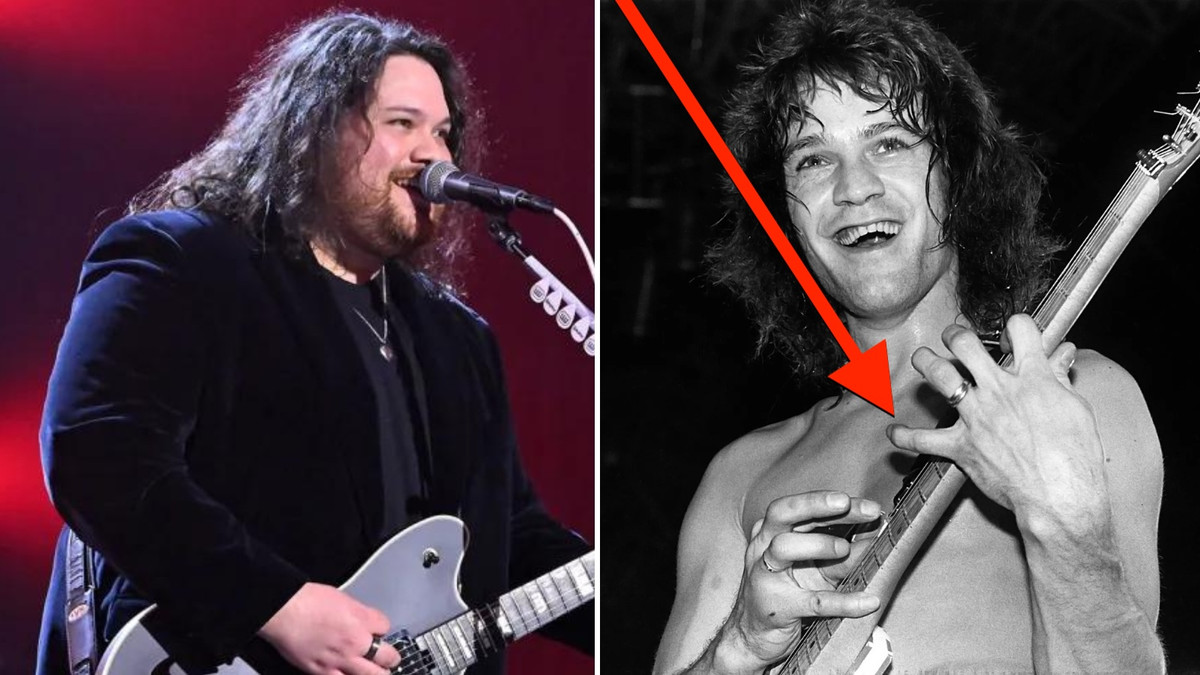
Few techniques in rock guitar history are as iconic as Eddie Van Halen’s tapping, a revolutionary approach that changed the way the instrument is played. Recently, Eddie’s son Wolfgang Van Halen shed new light on his father’s genius, breaking down the two distinct tapping styles that defined his playing and made Van Halen’s music so electrifying.

In a recent interview, Wolfgang explained that while most fans and even many guitarists focus on the dazzling speed of Eddie’s technique, at its core, his father’s approach was based on straightforward, logical principles.
“There were really two different styles of tapping my dad used,” Wolfgang said. “One was the super clean, melodic version you hear on Eruption, it’s structured, almost classical in feel. The other was the wilder, rhythmic stuff he’d throw into solos or jams. It might sound complicated, but to him it was just super simple.”
The Melodic Approach
The first style, Wolfgang noted, was rooted in Eddie’s ear for melody. By using both hands on the fretboard, Eddie could play fast-moving passages that sounded more like a piano than a guitar. This created the seamless, cascading effect heard on tracks like Eruption, Spanish Fly, and Cathedral.
The Rhythmic, Improvised Style
The second style was more spontaneous—an extension of Eddie’s rhythm guitar playing. He would use tapping not just for leads, but as a percussive, almost drum-like element within solos. Wolfgang described it as his father “playing with time itself,” pushing and pulling phrases to keep the audience on edge.
Breaking Down The Myth
While Eddie’s innovations have been endlessly analyzed, Wolfgang insists that his father never thought of himself as a technical wizard:
“He didn’t sit there with charts or theory books. He just wanted to make cool sounds. To him, it wasn’t complicated, it was about finding something fun and making it sing.”
A Lasting Legacy
By distinguishing between these two tapping styles, Wolfgang offers fans and musicians alike a deeper understanding of what made Eddie Van Halen so revolutionary. More than flashy showmanship, it was Eddie’s ability to marry simplicity with imagination that made his guitar playing timeless.
As Wolfgang put it, “At the end of the day, he wasn’t trying to reinvent the guitar, he was just being himself. And that’s why it still feels so fresh today.”
Leave a Reply